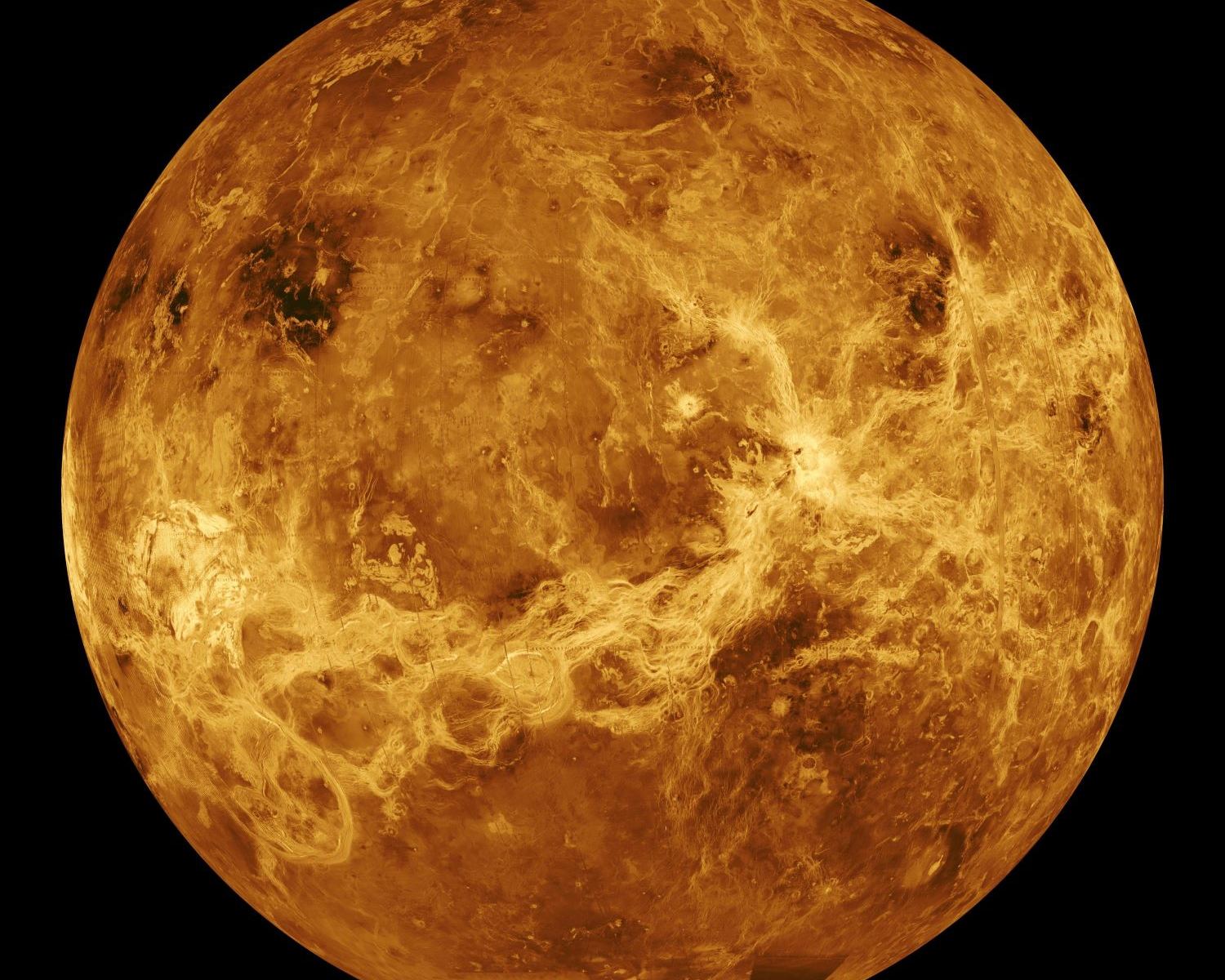A remote annular solar eclipse bookends the final eclipse season for 2024.
The final eclipse of the year is almost upon us. If skies are clear, a few lucky observers and intrepid eclipse-chasers will get to witness the passage of the Moon in front of the Sun one last time on Wednesday, October 2nd during an annular solar eclipse.
Continue reading “An October Annular Solar Eclipse Rounds Out 2024”









